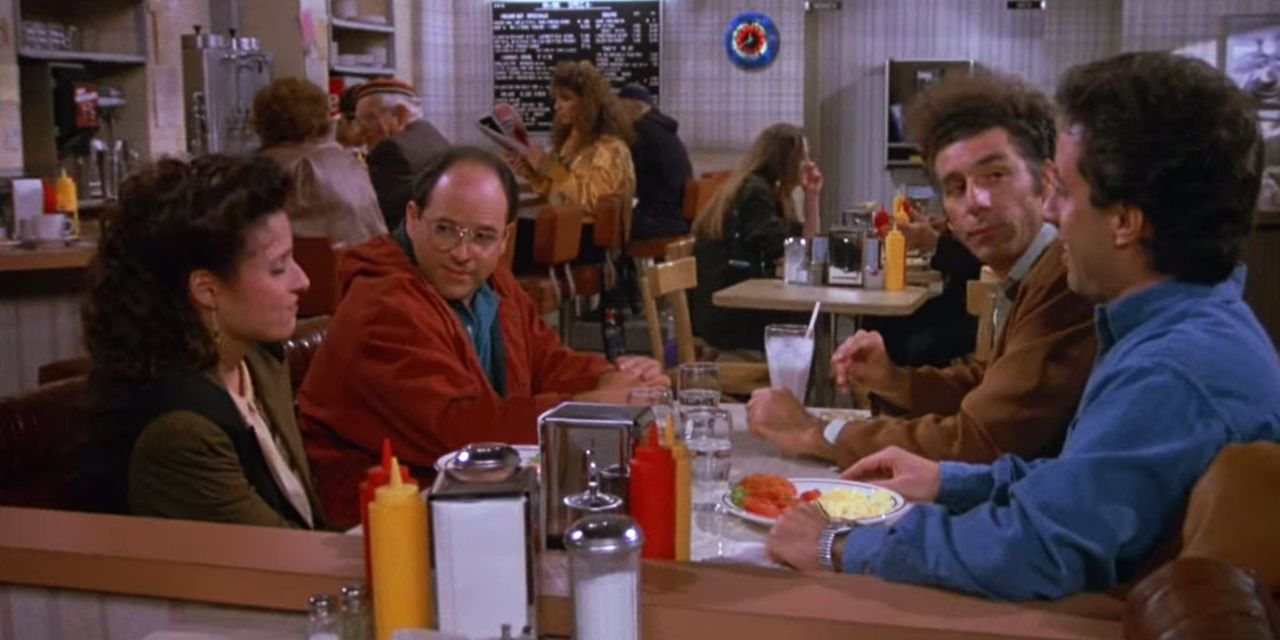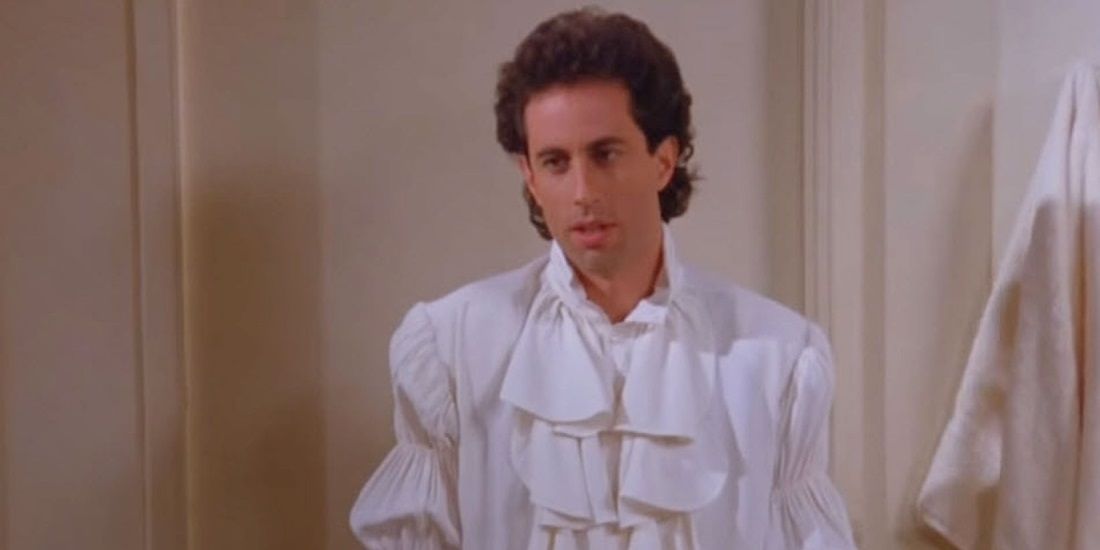After securing the rights to Jerry Seinfeld’s last couple of standup specials and his upcoming movie about the invention of Pop-Tarts, Netflix has acquired the groundbreaking ‘90s sitcom that made him a household name. Co-created with Curb Your Enthusiasm’s Larry David, Seinfeld got off to a bumpy start bouncing around timeslots in its first couple of seasons, but it eventually became one of the biggest shows in the history of television.
The show’s deconstruction of social etiquette and focus on the most mundane, trivial aspects of everyday life made it universally relatable. Unlike many sitcoms of its era, Seinfeld has aged like a fine wine. When the series drops on Netflix on October 1, it would be a good idea to binge-watch all nine seasons. But if there isn’t time for that, there are a few key classics to stream.
RELATED: Seinfeld Is Officially Netflix's Hottest New Show For 2021
The most obvious example of a must-see Seinfeld episode is “The Contest” (season 4, episode 11), in which the gang enters a wager to see who can go the longest without masturbating. Not only is it widely regarded to be the best episode of Seinfeld; TV Guide ranked it as the best episode of any show ever made. Larry David more than earned his Emmy Award for writing a script that’s very overtly about masturbation without using the word “masturbation” once, which can be seen as a slyly self-aware critique of the censorship David and the other writers faced on network television.

Seinfeld is often called “a show about nothing,” because that’s how Jerry and George pitch their show-within-a-show in season 4. But it’s a little reductive to call Seinfeld a show about nothing; it’s about the seemingly meaningless minutiae of daily life. The writers first ran into problems with network executives when they penned “The Chinese Restaurant” (season 2, episode 11), which NBC tried to shut down. The episode revolves entirely around Jerry, Elaine, and George waiting for a table in a Chinese restaurant. The genius of the episode is how they fill that time: Jerry bumps into a family friend who unwittingly ruins his life, Elaine desperately wants food because she starved herself for a doctor’s appointment, and George’s relationship is hanging by a thread.
A season later, David wrote a similar episode, “The Parking Garage” (season 3, episode 6), in which the quartet wanders around a parking lot, trying to find their car. This relatable setup is used to dig into the kind of existential storytelling found in Samuel Beckett’s Waiting for Godot. The episode culminates in a hilarious punchline when they finally find the car – and it won’t start.

While these minimalist episodes are undeniably classics, the most engaging Seinfeld episodes have convoluted narratives whose A-plots weave in and out of the B-plots. In “The Marine Biologist” (season 5, episode 14), George finds himself out of his element when Jerry uses a lie from outside George’s usual stable of lies to impress the “it” girl from their alma mater. He manages to convince her he’s a marine biologist, but the lie falls apart when he’s tasked with saving a beached whale, revealed to be beached because Kramer was smacking golf balls into the ocean in the B-story.
In Seinfeld, the sillier the premise, the better. Jerry encounters a “low talker” and unwittingly agrees to wear hideous, frilly, pirate-style clothing on national television in “The Puffy Shirt” (season 5, episode 2). George uses a fishing rod to haul a loaf of bread through his future in-laws’ apartment window to avoid a social faux pas in “The Rye” (season 7, episode 11). In “The Soup Nazi” (season 7, episode 6), the gang runs afoul of a talented but fascistic soup vendor.

After Larry David left the show at the end of season 7 and Jerry Seinfeld took over as sole head writer, there was a marked shift in the show’s tone. In addition to bringing a weirder, more absurdist sensibility to the table, Seinfeld used the fact that the show’s characters and plot formulas had become widely known to explore more experimental episode ideas. “The Bizarro Jerry” (season 8, episode 3) is a delightfully meta installment based on the eponymous Superman villain. Elaine meets a man who is the polar opposite of Jerry, and as she gets to know him better, she finds that his entire life eerily mirrors Jerry’s. “The Betrayal” (season 9, episode 8) tells its story in reverse like its Harold Pinter-penned namesake.
Classic Seinfeld episodes like “The Contest,” “The Puffy Shirt,” and “The Chinese Restaurant” will never get old, but the truth is that the entire series is great. The writers brought the same complex plotting and dovetailing storylines to every script, and the perfectly matched cast members brought their A-game every week. There’s a slight decline in quality in the last couple of seasons (and the finale is one of the most controversial series finales of all time), but Seinfeld spotted the declining quality and ended the series long before its Big Bang-esque slide into painfully unwatchable territory.
MORE: Jerry Seinfeld To Direct And Star In Pop-Tarts Origin Story For Netflix

